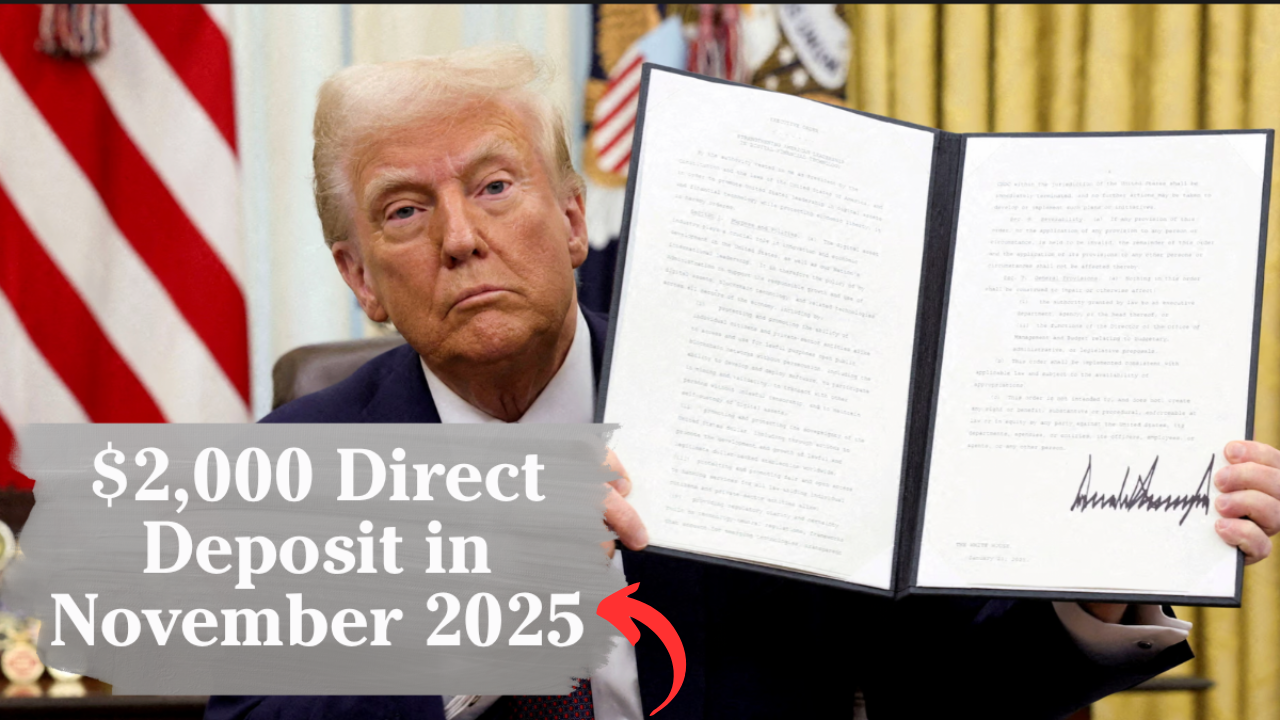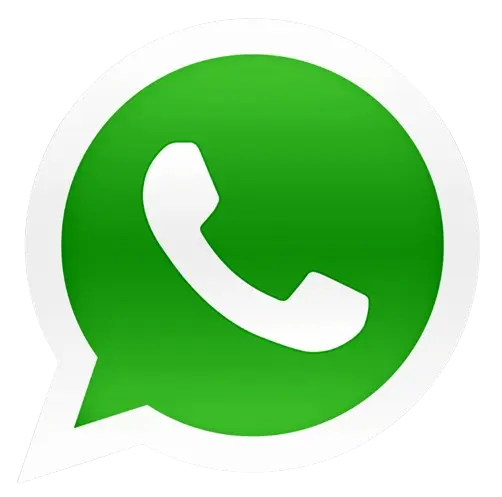Amid rising living costs for millions of American families, the discussion of $2,000 direct deposits in November 2025 has once again captured national attention. From social media discussions to online reports, many are asking the same question: Is the US government really sending another round of financial relief this fall?
Rumors are swirling, but it’s important to separate facts from speculation. Here’s everything you need to know about the possibility of new stimulus payments, who may be eligible, and what official announcements from the IRS and the US Treasury Department say.
The Truth Behind the Rumor of a $2,000 Direct Deposit
In recent months, several viral posts have claimed that the IRS will issue $2,000 payments to all eligible U.S. citizens in November 2025. These posts have cited “economic relief” or “stimulus assistance” for low- and middle-income Americans, offering a glimmer of hope to struggling families.
However, as of October 2025, the IRS has not confirmed or announced any such direct payment program. The official IRS website still lists the three previous Economic Impact Payments (EIPs) from the pandemic years (2020-2021) as part of the full federal relief effort.
However, discussions are ongoing in Washington about potential targeted economic assistance for senior citizens, veterans, and low-income families, especially as inflation and housing costs remain high. Whether this will be a nationwide $2,000 payment or a smaller amount of state-specific assistance will depend on congressional action.
Why are people talking about $2,000 payments again?
The idea of a fourth or new stimulus package isn’t coming out of nowhere. During 2024 and 2025, several states, including California, New York, and Minnesota, launched state-level rebates and relief programs to help mitigate inflation. These smaller programs caused confusion—some citizens mistook them for new federal payments.
Furthermore, for many Americans, the cost of essentials like groceries, housing, and medical bills is rising faster than wages. Senior citizens on fixed incomes have been particularly hard hit, leading advocacy groups to pressure lawmakers for one-time relief checks to help ease financial stress.
If Congress or the White House approves such a relief measure, it will likely be in the form of direct deposits or refundable tax credits, similar to previous stimulus rounds.
Potential Eligibility (If Program Approved)
Although there is no official program yet, previous eligibility guidelines provide an idea of what the new relief payments may look like. Based on previous Economic Impact Payments, potential eligibility could include:
- Single applicants earning up to $75,000 per year.
- Married couples applying jointly earning up to $150,000 per year.
- Heads of households earning up to $112,500 per year.
- Those receiving Social Security, SSDI, SSI, or VA benefits may automatically qualify, as they did in previous stimulus rounds.
- Dependents under the age of 17 may make their families eligible for additional funds.
In previous programs, payments were phased out for individuals earning more than $80,000 or couples earning more than $160,000. If the rumored $2,000 program follows a similar threshold, it will likely aim to focus aid on middle- and low-income families.
Payment Rules and How It Will Work
If this program is approved, distribution will likely follow the same model as before:
- Direct Deposit: People whose bank information is on file with the IRS will receive payments automatically.
- Paper Checks and Debit Cards: Those without direct deposit details will receive mailed checks or EIP debit cards.
- Non-Filers: People who do not file tax returns may need to register using the IRS Non-Filer Tool, as they did in previous programs.
These payments will be tax-free and will not reduce other federal benefits, such as SNAP, unemployment, or Social Security.
Important Reminder: Beware of Scams
Whenever rumors of government payments spread online, scams also spread. The IRS has repeatedly warned citizens to be wary of fake websites or emails that promise to “expedite” your $2,000 payment in exchange for your personal information.
Remember – the IRS never contacts taxpayers about payments via text, email, or social media. Always check the official website, irs.gov, for real updates.
Current Federal Stimulus Options
Even without a new $2,000 payment, several federal and state assistance programs will remain active in 2025:
- The Earned Income Tax Credit (EITC) for low- to moderate-income workers.
- The Child Tax Credit (CTC) for families with dependents.
- The Low-Income Home Energy Assistance Program (LIHEAP) for energy bills.
- The Supplemental Nutrition Assistance Program (SNAP) for groceries.
These continued supports could make a real difference while discussions on broader relief continue.
Final Thoughts
The idea of a $2,000 direct deposit in November 2025 has given millions hope, but it hasn’t yet been confirmed. The government is exploring ways to ease financial pressure, but no official federal stimulus plan has yet been approved.
For now, the best thing to do is stay informed, file your taxes on time, keep your direct deposit information updated with the IRS, and rely only on official government sources for news.
If a new payment is announced—and this is still possible—eligible Americans can rest assured that the IRS will disclose it publicly and securely. Until then, be wary of misinformation and take advantage of existing financial relief programs.

